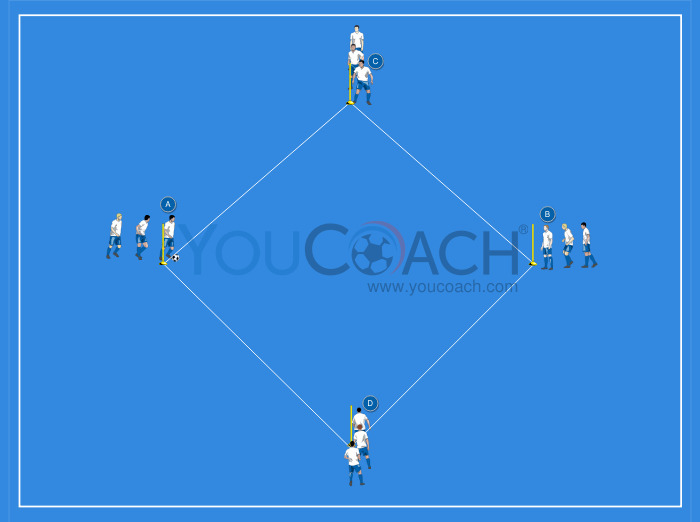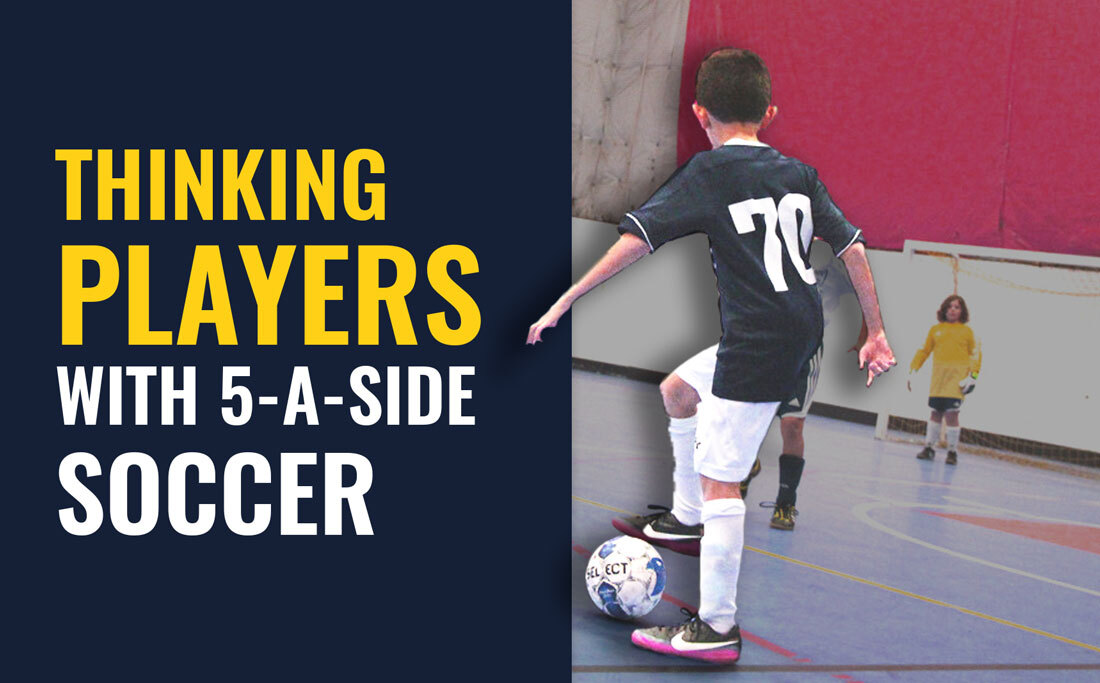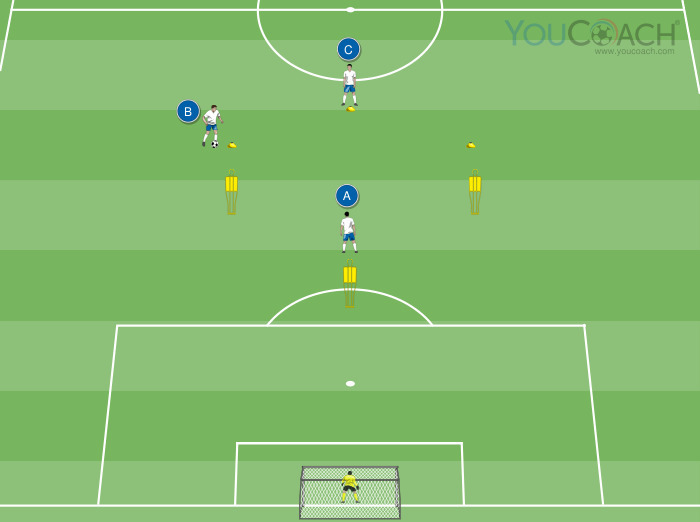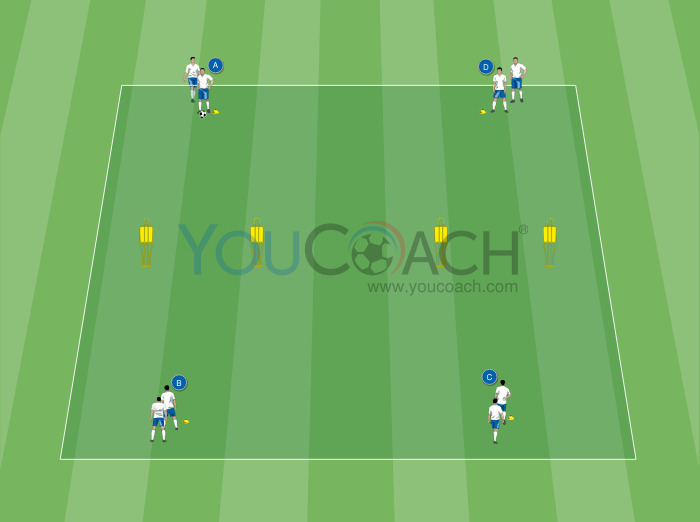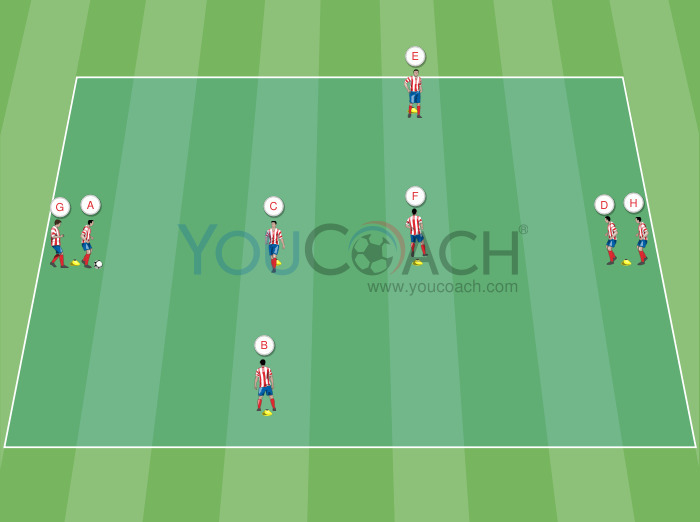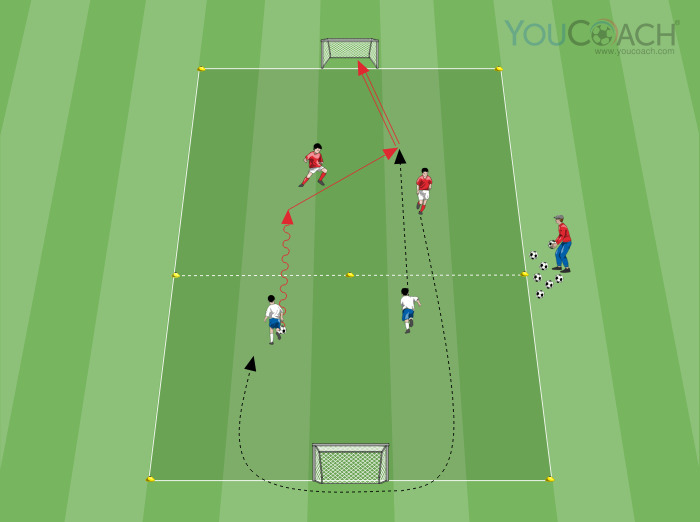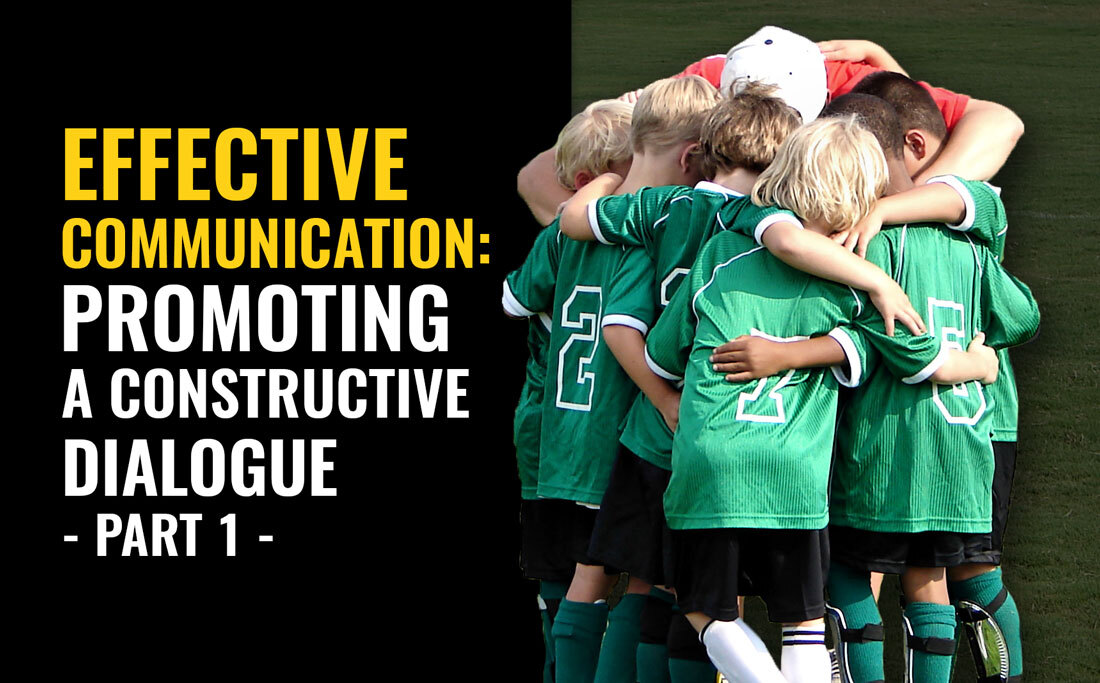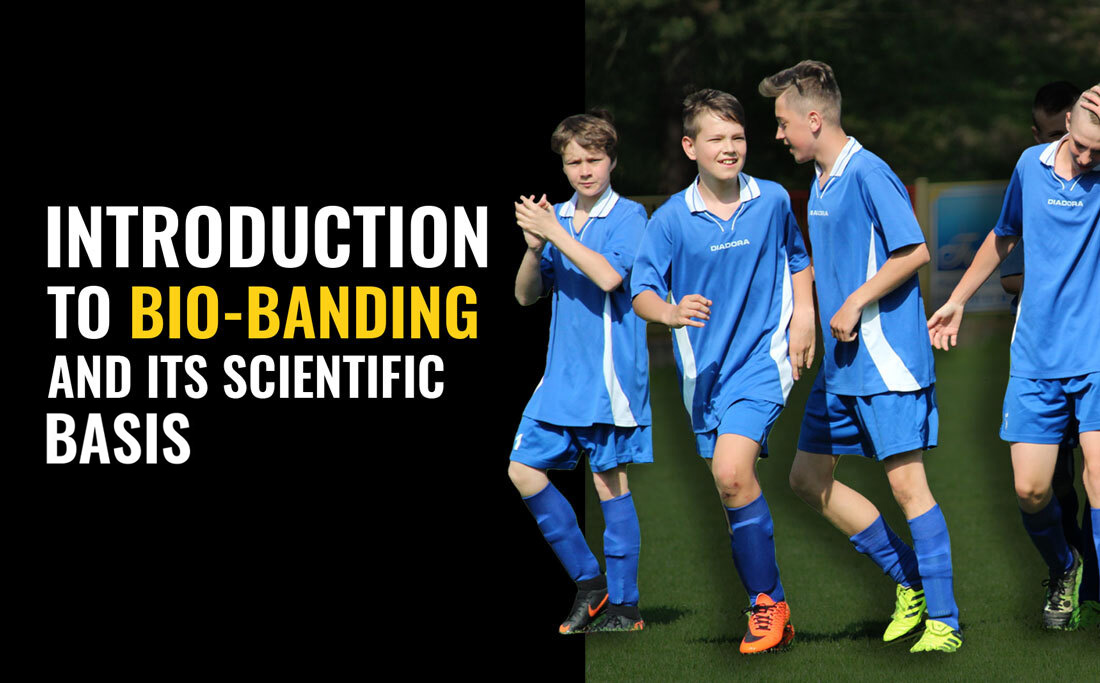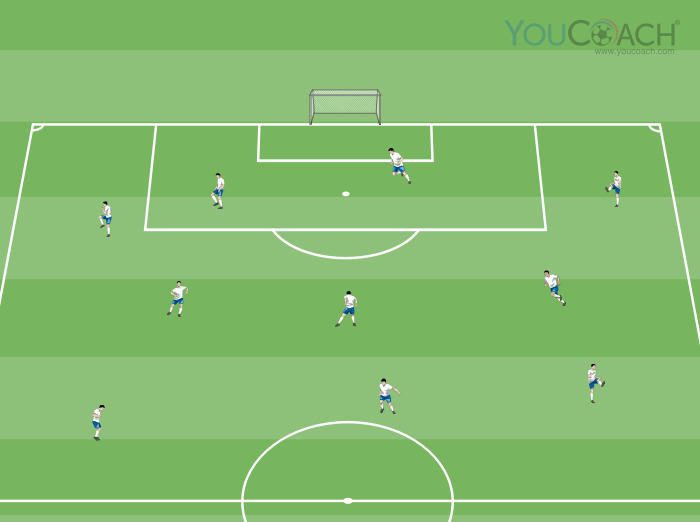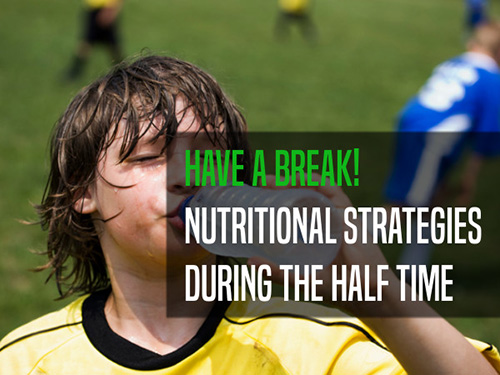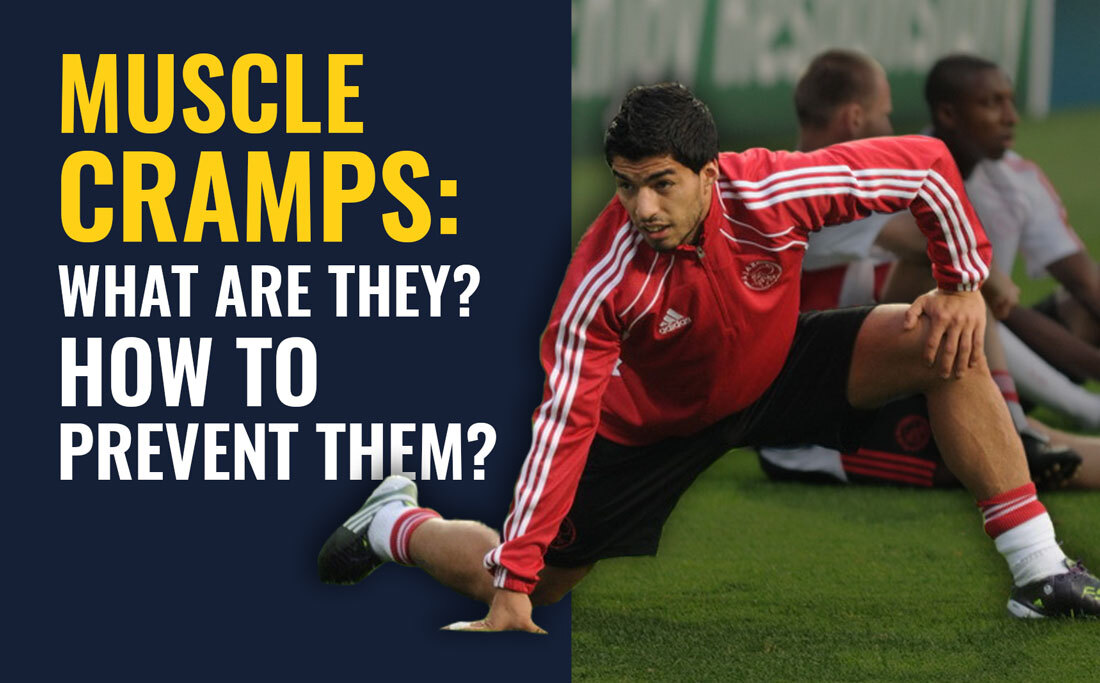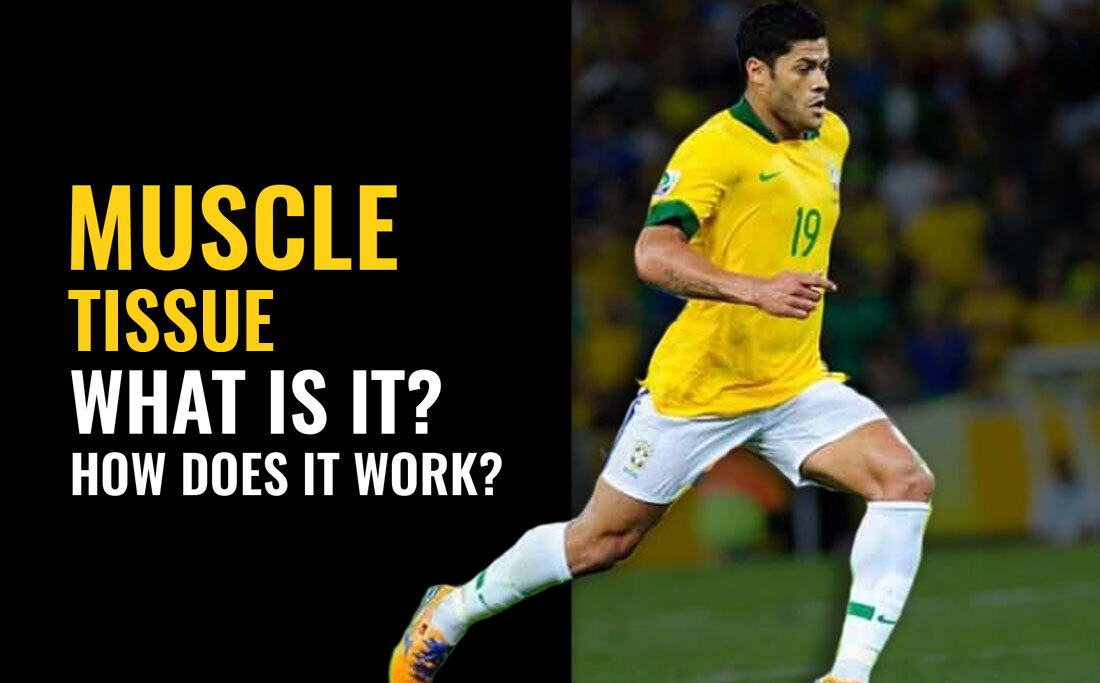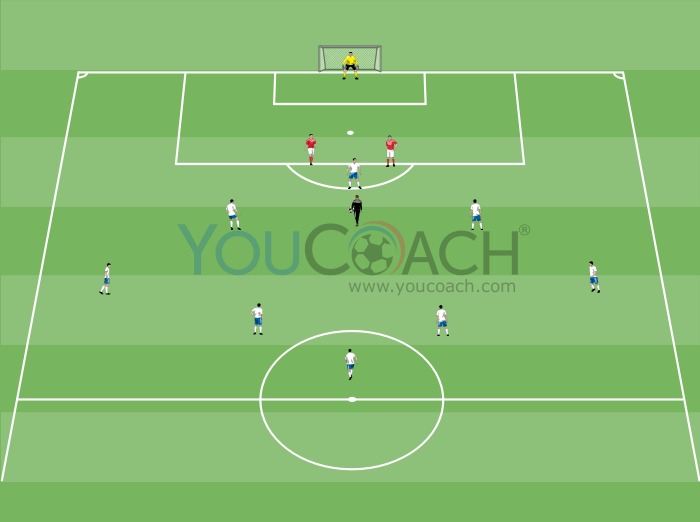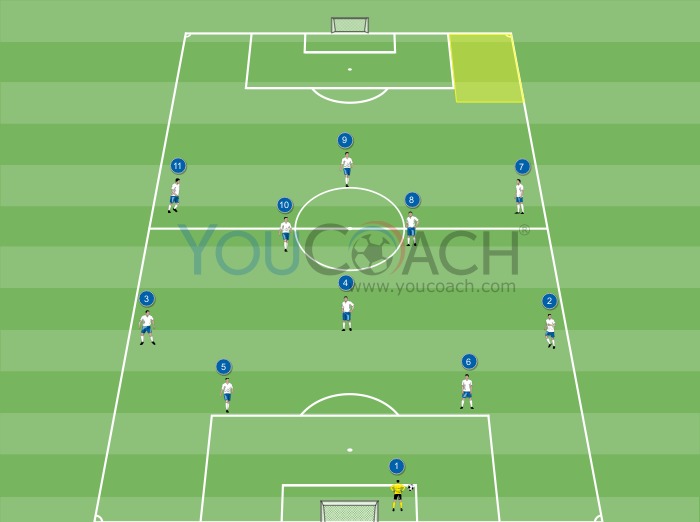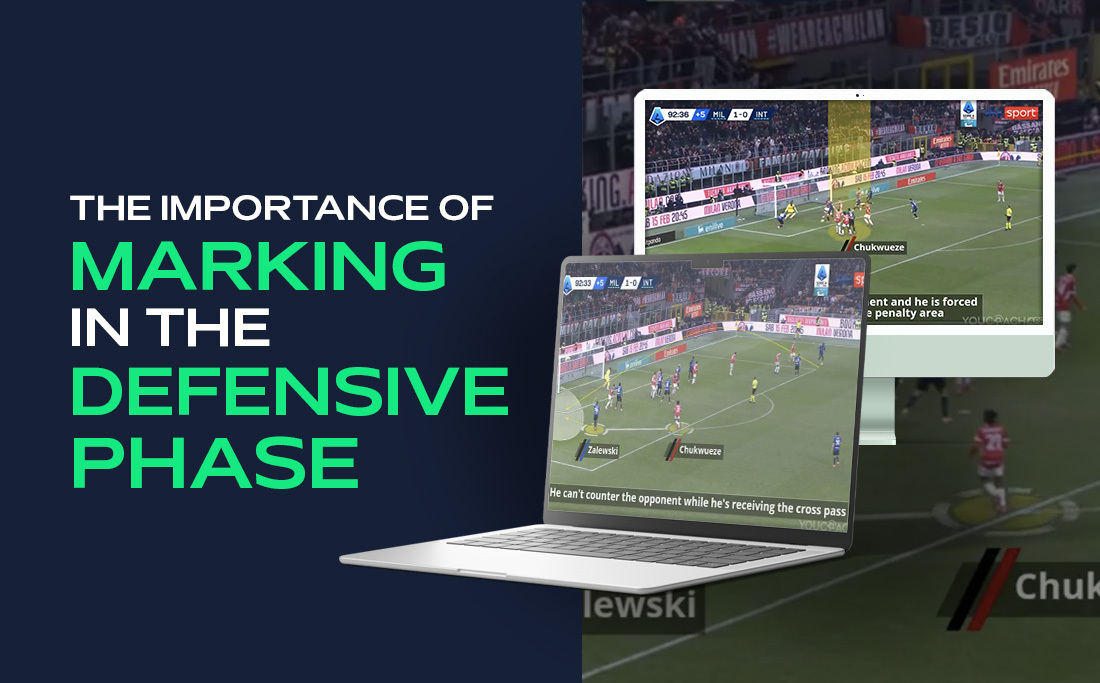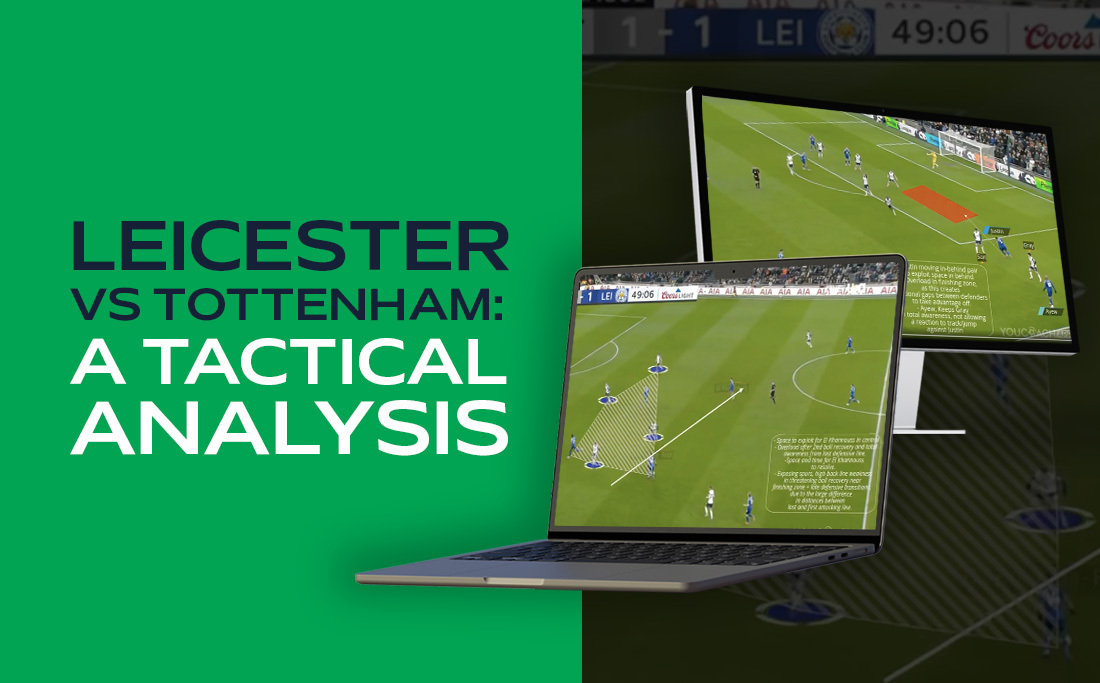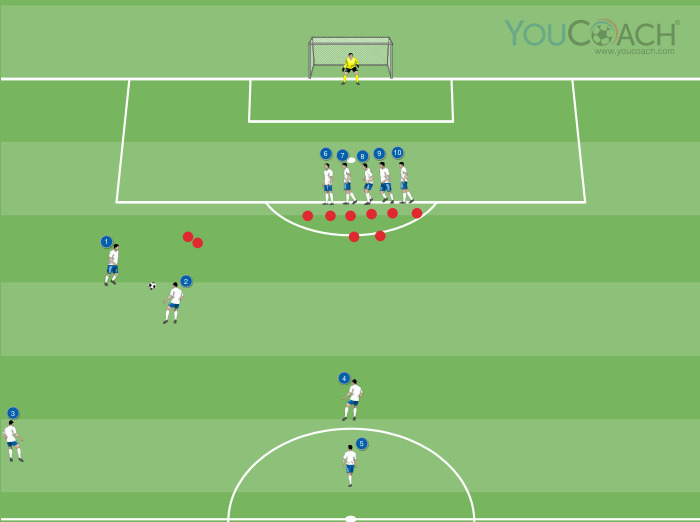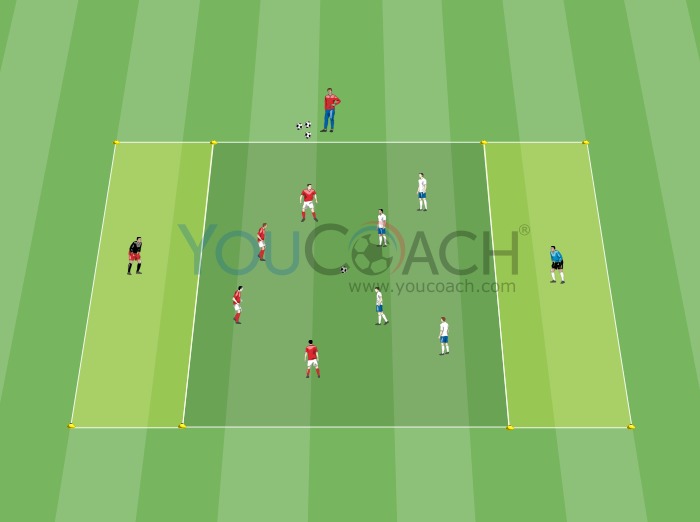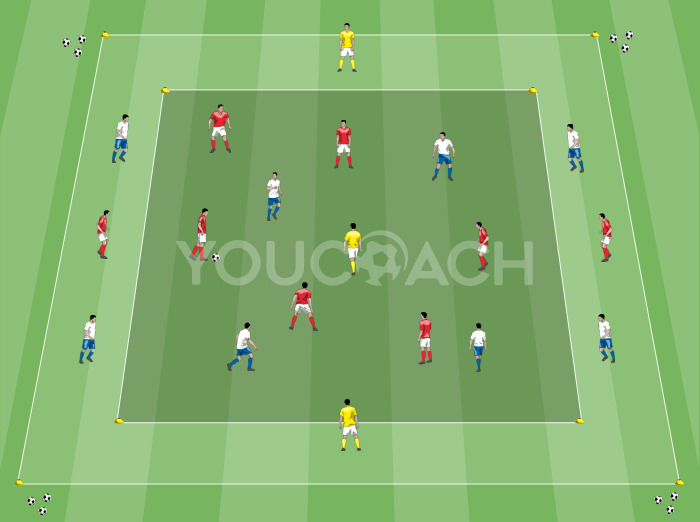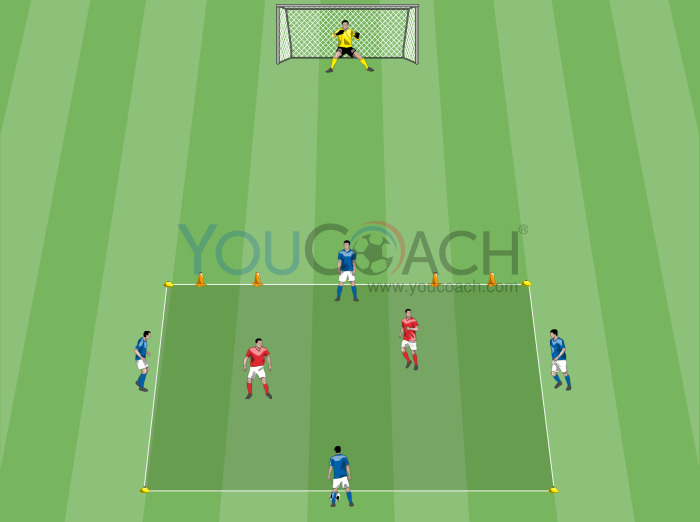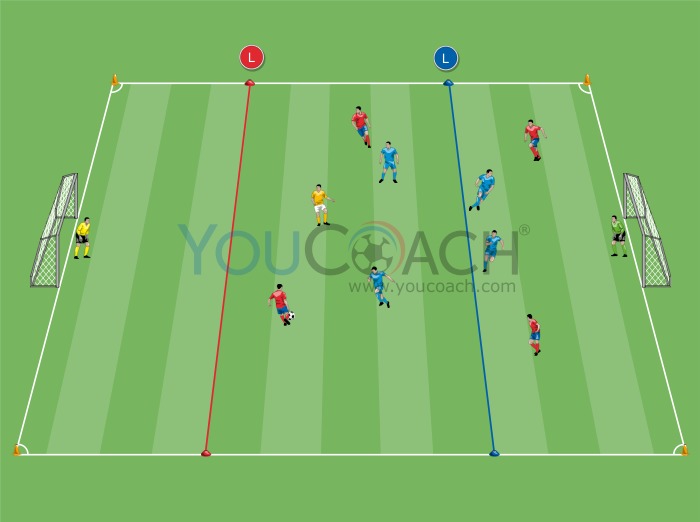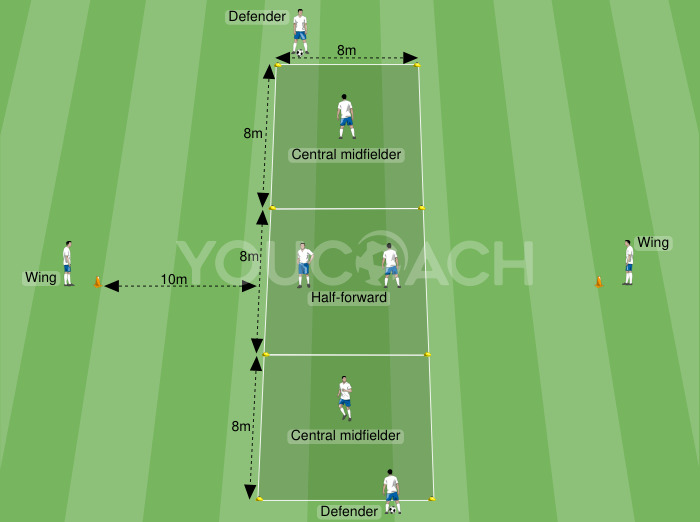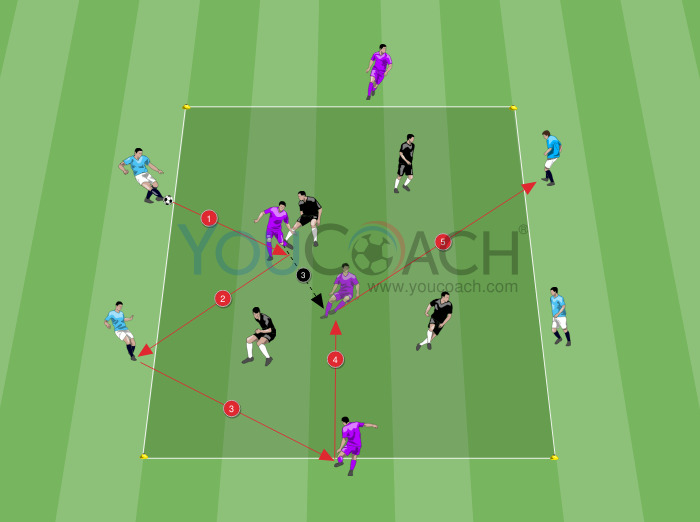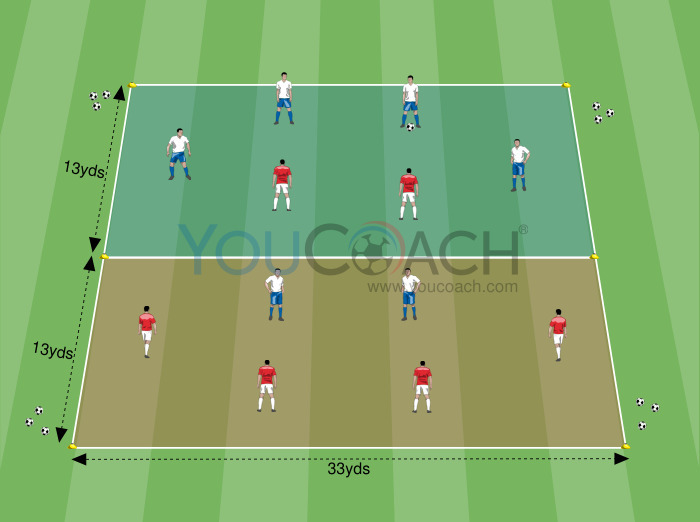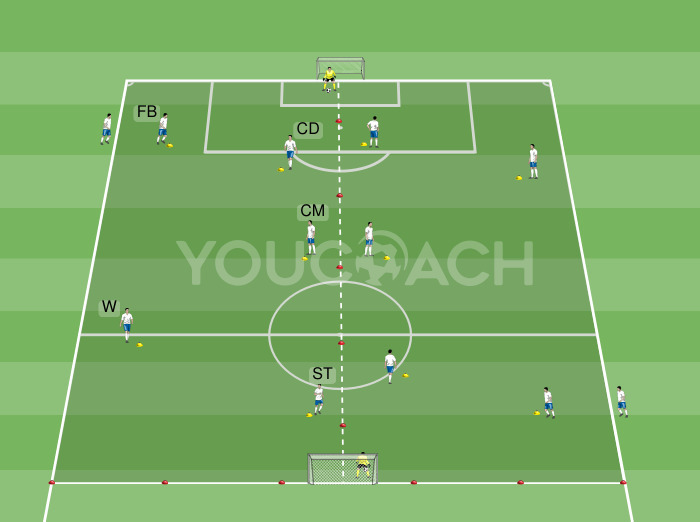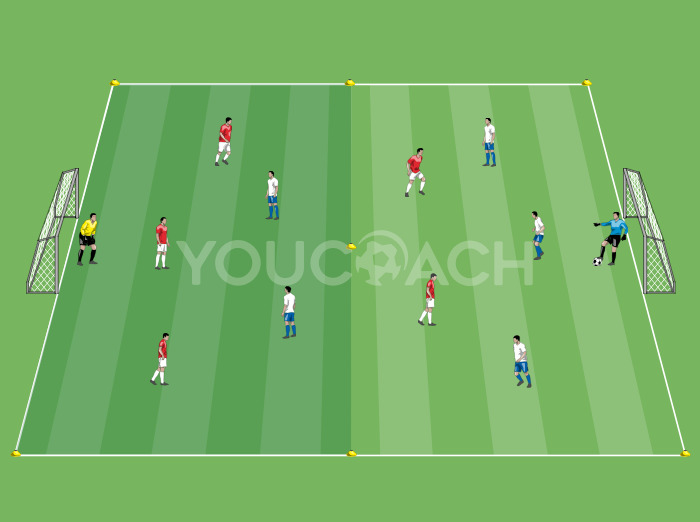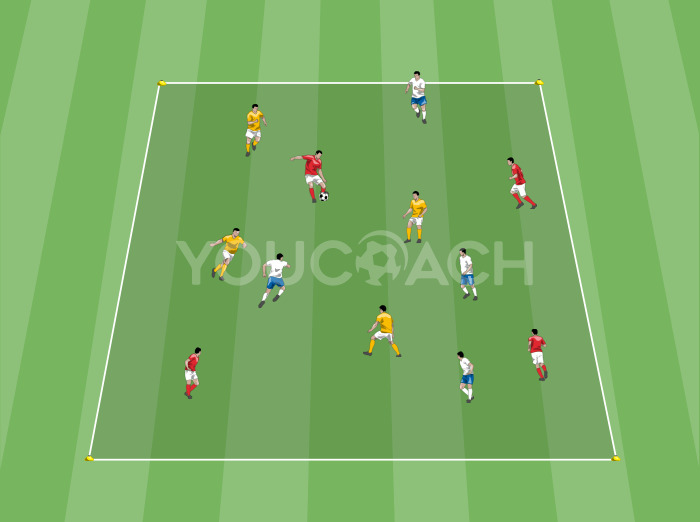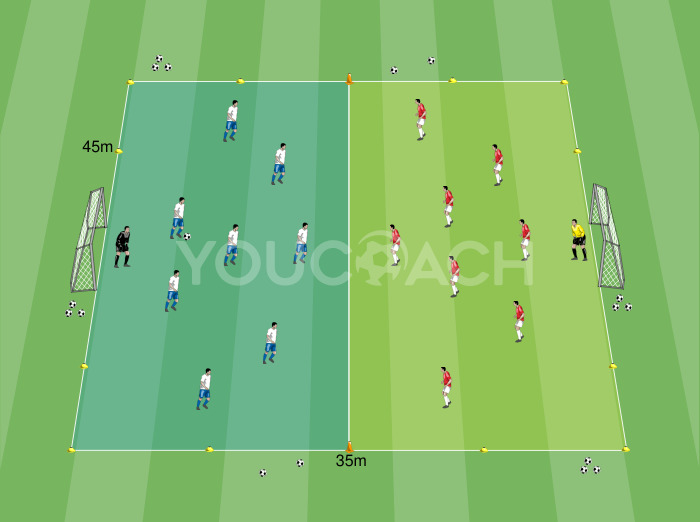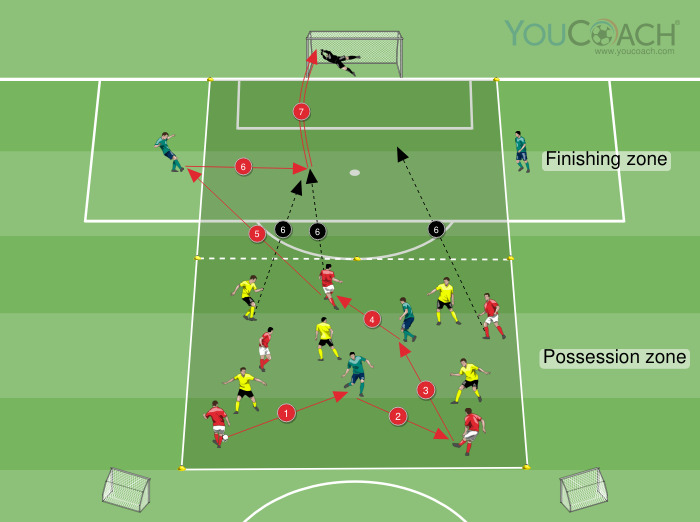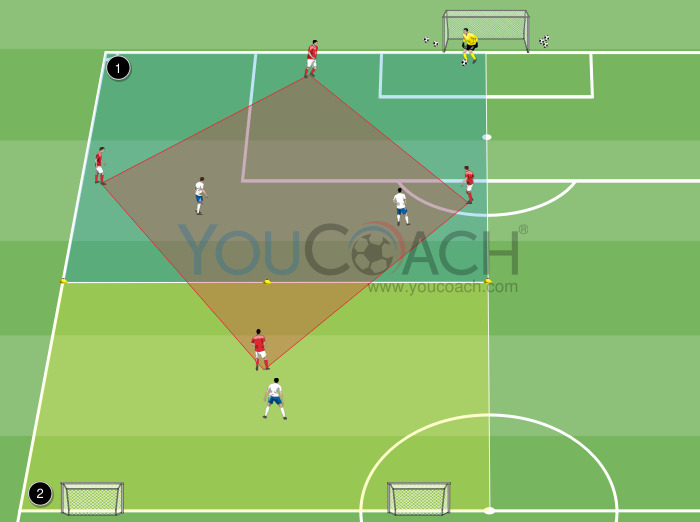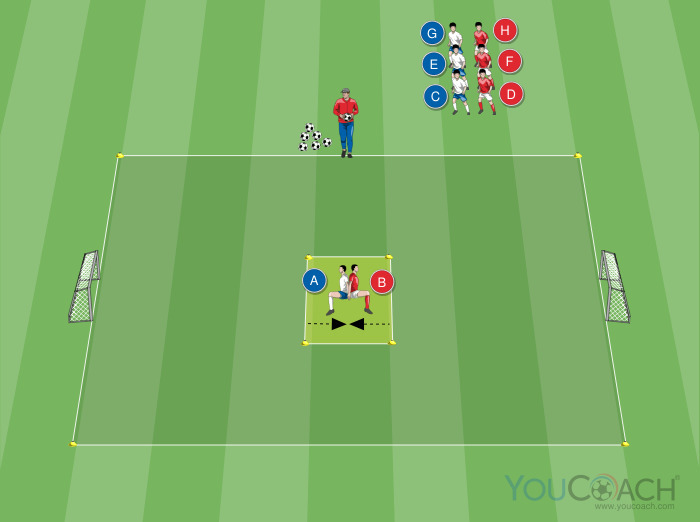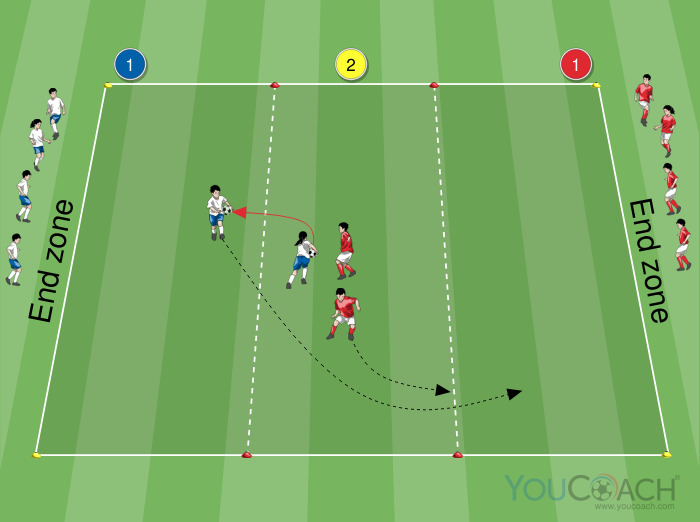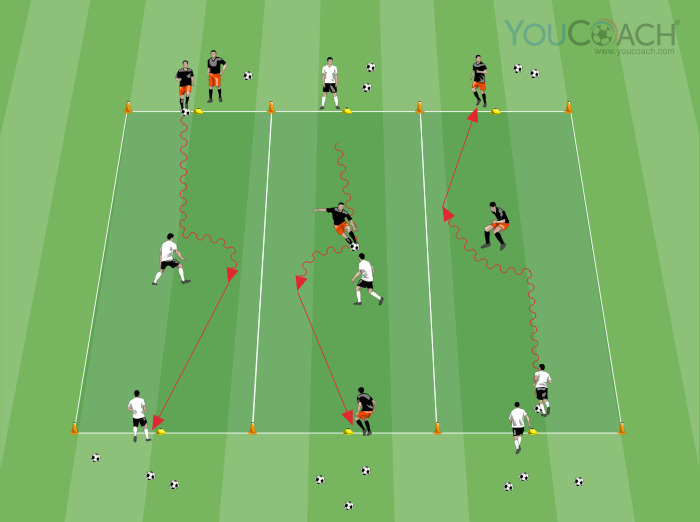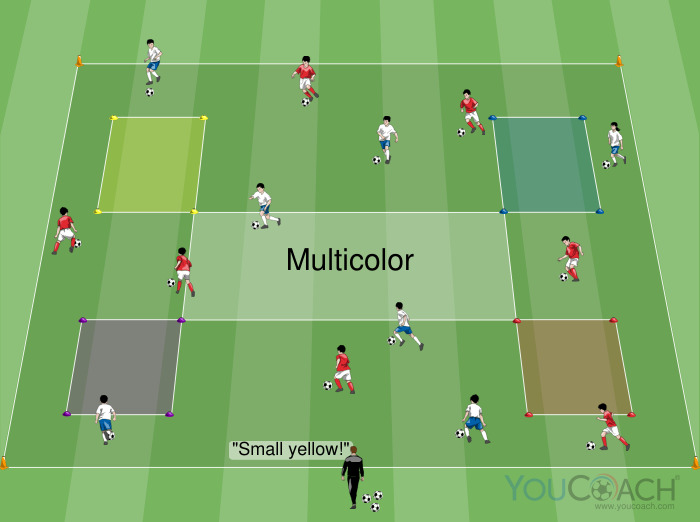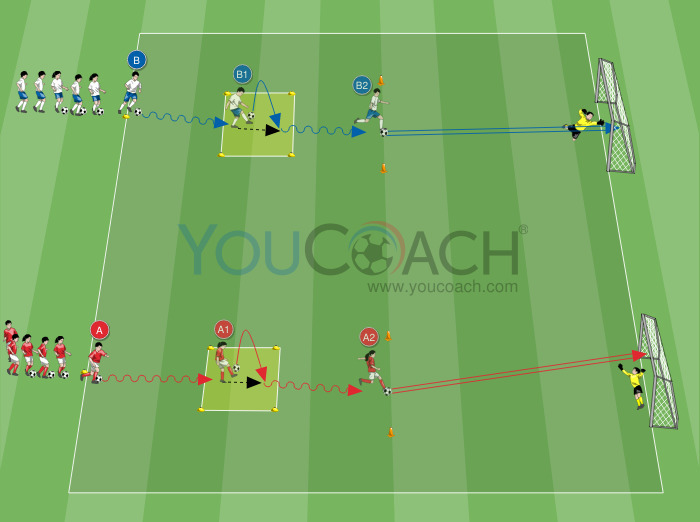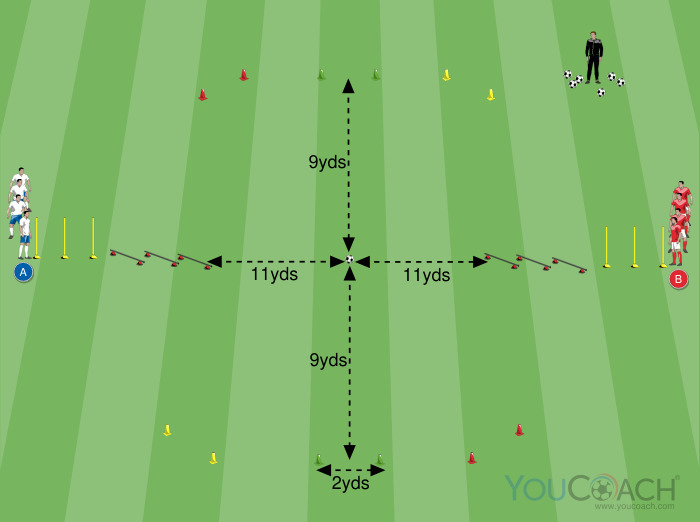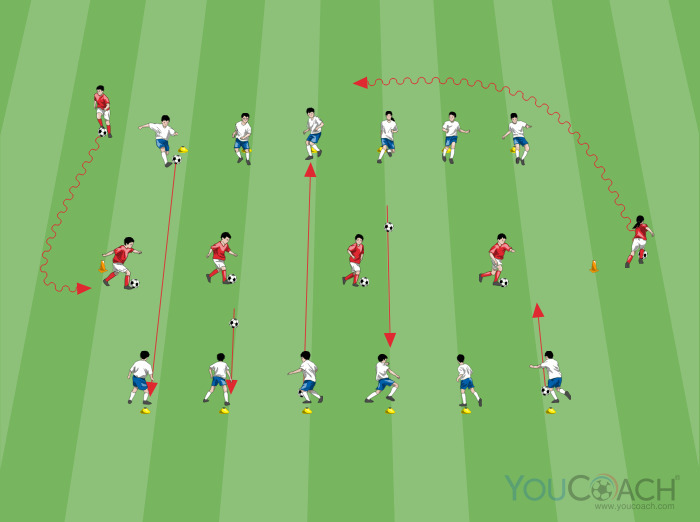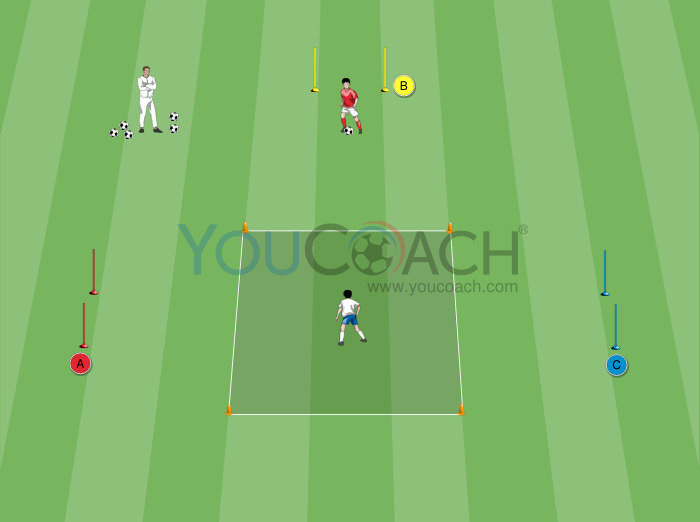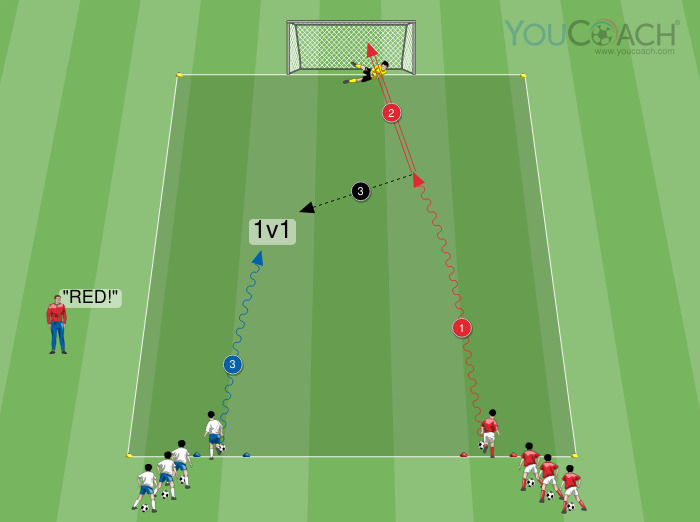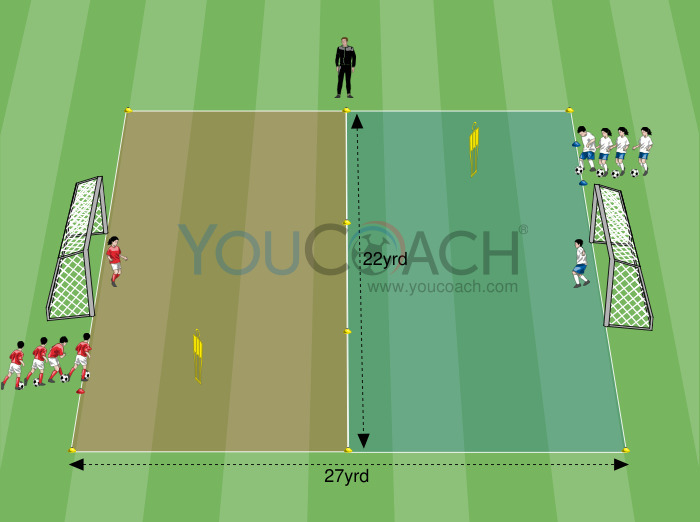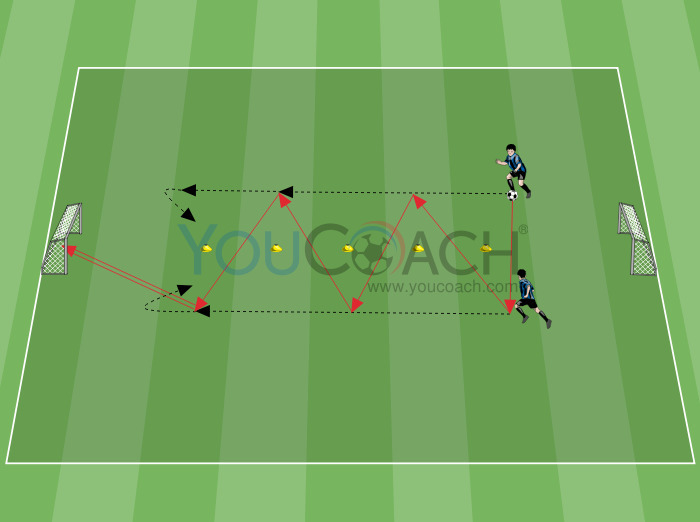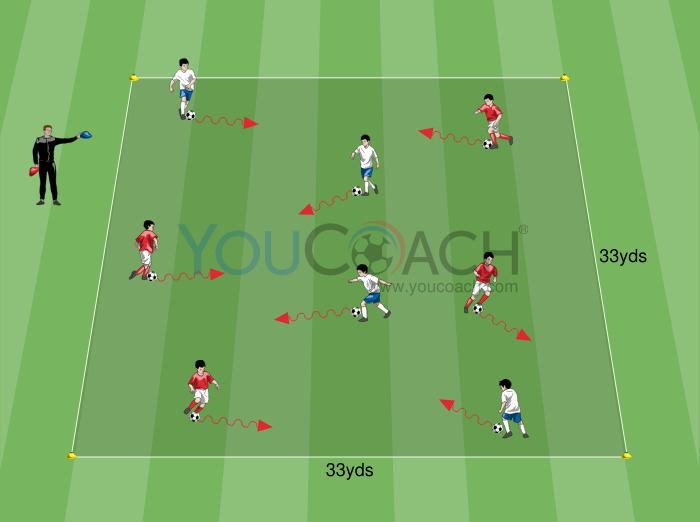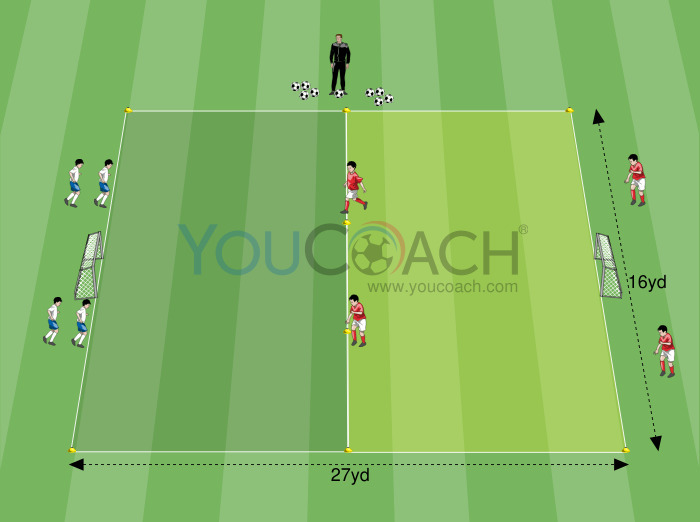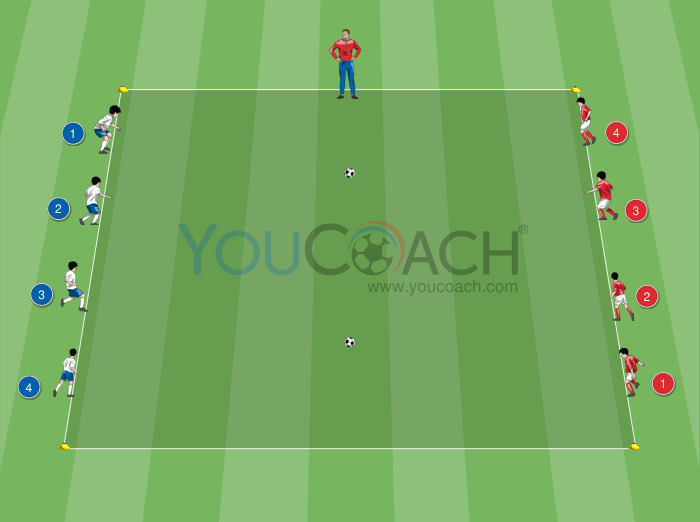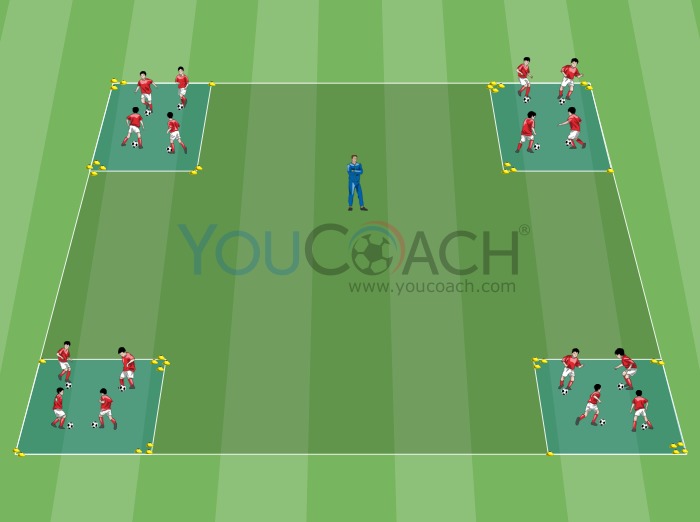Non-verbal communication and coherence: say the same things with your voice and body
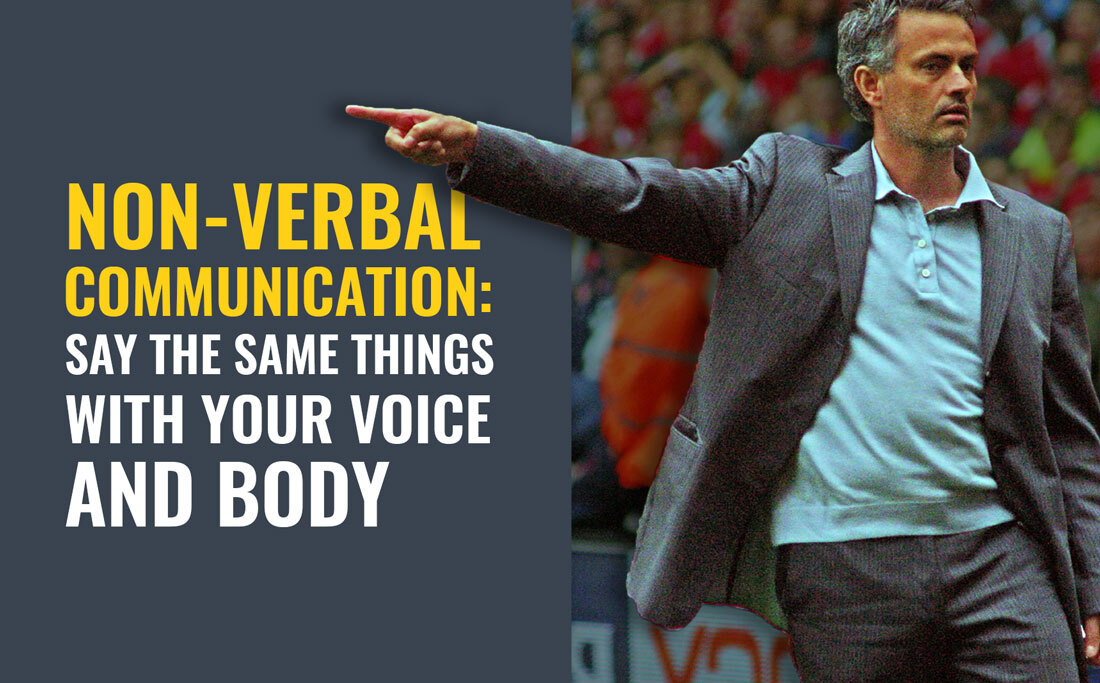
|
Communication effectiveness is based on coherence between verbal and nonverbal elements |
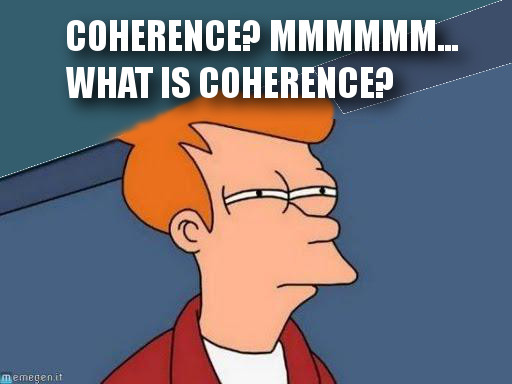
We spend a lot of time thinking about what we are going to say in a meeting or during practice: “I might begin by saying this..., I might explain this exercise starting from..., I’m going to talk to this player today...”. In social contexts like sports we are continuously in need of communicating and interacting with other people, even when we don’t wanna do it.
However, we often forget to think over the way we're going to communicate what we want. In other words, how do we communicate non verbally?
- Body language: eye contact, body posture, gestures, facial expressions, movements, etc.;
- Paraverbal communication: pitch, tone and volume of voice;
- Proxemics: the distance between me and the listeners.
 If I plan a team meeting, I could also plan my speech so that I have an idea of what I’m going to say, and I’ll think of where to held the meeting, and so on. On the contrary, often I don't plan all the details and decide straightaway where to position myself amongst players, how to optimize spaces and so on, and I barely think about the probable interference of my emotions as they inevitably leak (am I angry? Excited? Disappointed? Uninspired?).
If I plan a team meeting, I could also plan my speech so that I have an idea of what I’m going to say, and I’ll think of where to held the meeting, and so on. On the contrary, often I don't plan all the details and decide straightaway where to position myself amongst players, how to optimize spaces and so on, and I barely think about the probable interference of my emotions as they inevitably leak (am I angry? Excited? Disappointed? Uninspired?).If we want to be really effective when communicating with our team, we must think about HOW we communicate even before thinking about WHAT we communicate. A well packed speech can crumble and be contradicted in a second by a gesture, a facial expression, a shaking head, an inadequate body posture.
I heard coaches declare they trusted all their players and then leave out always the same player when game time came; I heard coaches affirm that they wanted every player to train and improve, and then regularly disregard some of them; some coaches say they are having fun and then spend all their time barking and kicking the bench; I hear coaches asking to hit the ball with the right foot and show the exercise using the left foot; when changing players some coaches yell “well done!” to the outgoing player but their face shows disappointment... In many situations our non-verbal and verbal communication channels are contradictory.
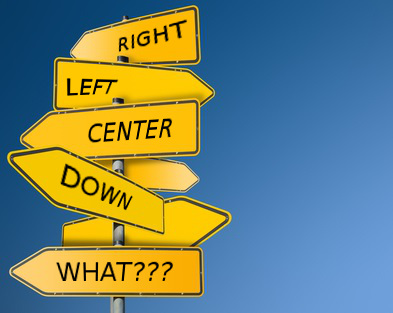
We’ll have many opportunities to talk about non-verbal communication. But I wish to point out right away that coherence between verbal and non-verbal languages is very important: otherwise, our words will lose credibility and value. We have to realize it so that we are motivated enough to work on this aspect.
It is the same for players: if they are not motivated to do something, to train or improve, they merely will not do it or will do it badly.
The objective of these articles is to make you think, gain knowledge, make you aware of the way in which you run training sessions and manage the team, but it is up to you to train the abilities involved, such as communication skills we are discussing now.
Credit: Ronnie MacDonald


